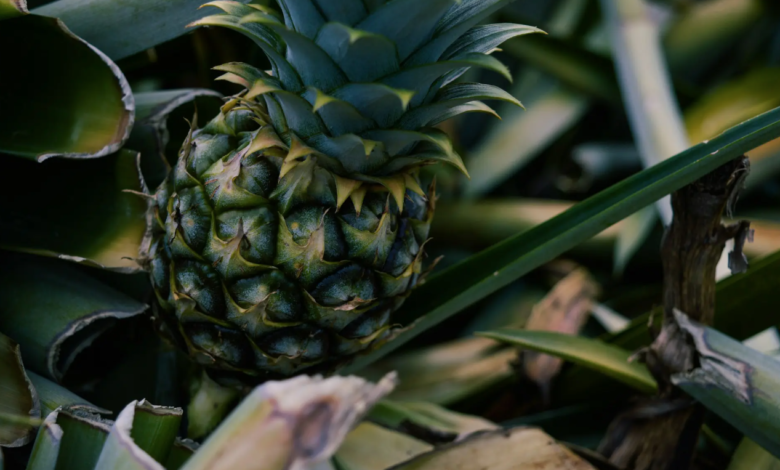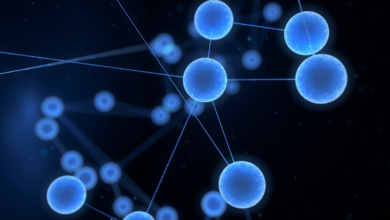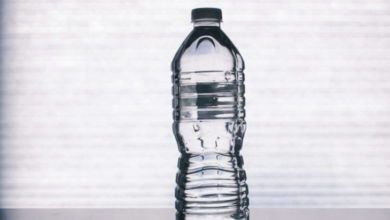With pineapple leaves you get an impressive upcycling of HDPE
Upcycling of HDPE increases flexural strength and thermal distortion temperature
By using natural fibers from agricultural by-products, upcycling of HDPE into durable and durable composite materials is possible. This was discovered by a team of Thai researchers, experimenting with this idea on HDPE milk bottles. By reinforcing the polymer with fibers derived from pineapple leaves, they obtained an increase of 162% in bending strength and 204% in modulus (that is, in the difference between applied stress and deformation of the material).
The research, published in Polymers, has focused efforts on upcycling and creating composites with high rigidity and thermal distortion temperature (HDT). The result is a material that uses high-density recycled polyethylene (rHDPE) from milk bottles, with reinforcing fillers from fibers extracted from pineapple leaf and non-fibrous materials. The use of a two-roller mixer ensures optimal alignment of the fillers in the resulting composite. The use of polyethylene modified with maleic anhydride (MAPE) has further improved the compatibility of composites, highlighting a greater alignment of fillers. Subsequently, the prepreg is layered and compressed into composite sheets.
Adding 20% by weight of vegetable fibers to the plastic led to the above-mentioned performance increase over pure rHDPE. The addition of non-fibrous materials has improved mechanical properties, but agricultural waste has played a key role in the observed improvements.
By contrast, composites showed a slight reduction in impact resistance. However, they significantly improved the temperature of thermal distortion, with high values of 108°C compared to 71°C of recycled high-density polyethylene alone.
The research highlights the crucial role of the reuse of waste materials in the production of sustainable composites. In particular, the improvement of mechanical properties increases the feasibility of using the product with a reduced weight or a thinner design. Features that could prove useful for industries like automotive. Who knows, maybe one day the interiors of electric cars will be made from milk bottles.






